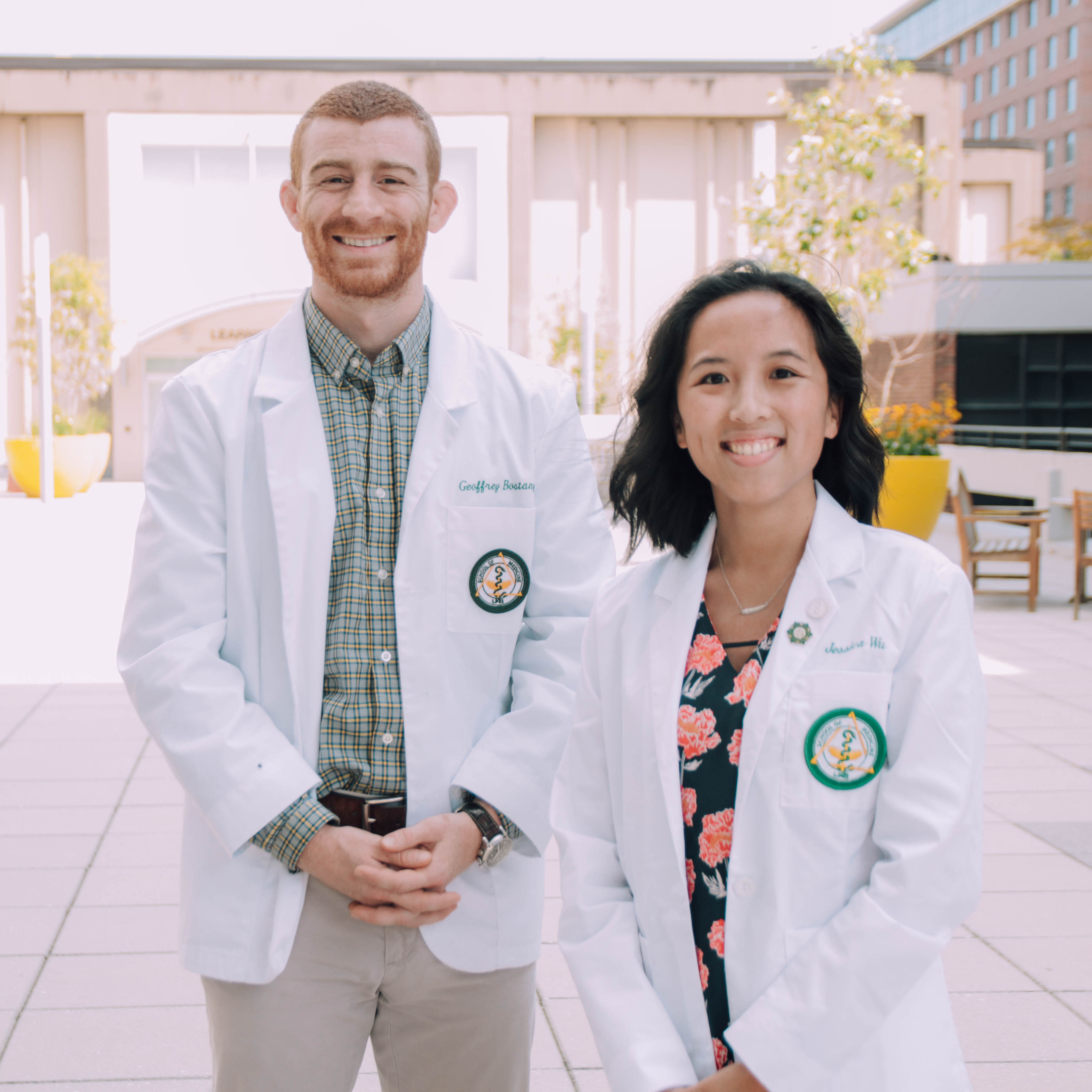 Students Jessica Wu and Geoffrey Bostany have a great deal in common on their medical school journeys. Both are co-directors of the Oncology Interest Group, both are representatives for their respective learning communities, and both are second-career medical students interested in oncology research and patient care.
Students Jessica Wu and Geoffrey Bostany have a great deal in common on their medical school journeys. Both are co-directors of the Oncology Interest Group, both are representatives for their respective learning communities, and both are second-career medical students interested in oncology research and patient care.
This summer, the MS2s are working on forward-thinking projects in the lab of Smita Bhatia, M.D., MPH, director of the Institute for Cancer Outcomes and Gay and Bew White Endowed Chair in Pediatric Oncology.
They say their previous careers have led them both to this moment on their individual paths, where they are now engaged in high-impact research with one of the most revolutionary cancer outcomes experts in the U.S.
Wu and Bostany are employed through the Cancer Research Experiences for Students program, known as CaRES. The program provides paid summer internships for students of medicine, veterinary medicine, pharmacy interests, and dentistry, as well as graduate nursing students, nutrition sciences students, and graduate public health students. In addition to work experience, the program also facilitates speaker sessions where cancer researchers and providers discuss their unique paths to studying and treating cancer.
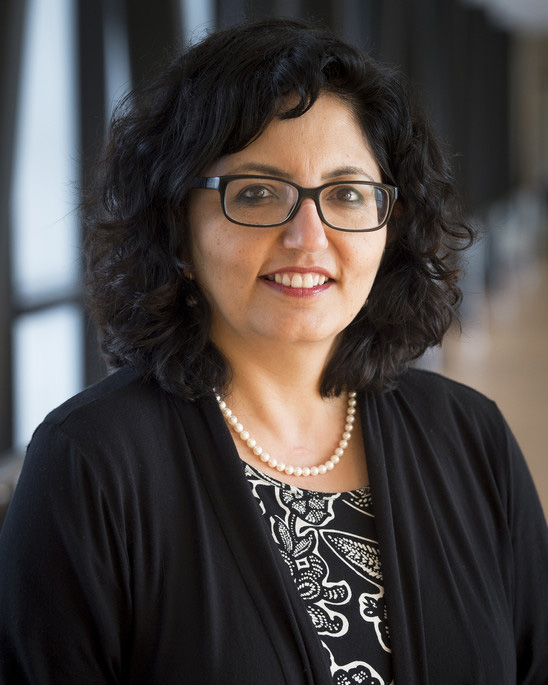 Smita Bhatia, M.D., MPHThe CaRES program is important to Bhatia because it means the future of cancer research stays bright. “It is critical that we mentor the young ones and nurture them to become the next generation of physician-scientists. They will carry the torch further and will make sure that it shines brighter,” she says.
Smita Bhatia, M.D., MPHThe CaRES program is important to Bhatia because it means the future of cancer research stays bright. “It is critical that we mentor the young ones and nurture them to become the next generation of physician-scientists. They will carry the torch further and will make sure that it shines brighter,” she says.
On having students in her lab, Bhatia says, “Students bring tremendous energy and enthusiasm—as well as unique skill sets from their prior backgrounds. They enrich and enhance the goals of my research program—tremendously! Both Jessica and Geoffrey bring such unique skill sets—it is a joy watching them use their own skills and get their own little ‘Aha moments’!”
Wu and Bostany’s projects are autonomous from one another, yet similar in nature—both focused on cancer outcomes and survivorship.
Impacting lives with consequential research
Jessica Wu, who serves as a Student Diversity Ambassador, events chair for the Asian Pacific American Medical Student Association, and an officer in the Arts in Medicine interest group, graduated with her degree in biology. But, before immediately enrolling in medical school, she says she wanted to explore other careers than medicine right out of college. "Medicine was always in the back of my mind. I had done wet lab research in undergrad and wanted to explore clinical research too," she says.
In 2015, Wu began working with Bhatia on a multi-institutional project at City of Hope in California. When Bhatia was recruited to UAB, Wu moved with her lab to Birmingham. When she arrived, she continued to work for Bhatia and pursued a master's degree in Public Health at UAB, focused on epidemiology.
As a medical student, she says her motivation for pursuing medicine was to connect the last piece of research and clinical practice. For Wu, medical school will link her passions—and help her bridge outcomes research and improving the quality-of-life of patients and their experiences with the medical system.
“It’s important to me to keep patients in mind when we are doing research and ensure that the results can be used to have a positive impact on people’s lives,” she says.
When asked why she chose to engage in oncology, Wu says her interest stems from inspiration from Bhatia and other giants in the field of oncology.
“Through shadowing hematologists and oncologists, I was drawn to the idea of working with patients wherever they are on their cancer survivorship journey, whether it’s at diagnosis, during treatment, or beyond” she says.
Wu explains that through her professional work experiences, she has been drawn to cancer outcomes and survivorship. “After seeing what long-term complications patients were experiencing many years after completing treatment, I felt driven to investigate how these long-term effects impact patients’ quality of life after treatment.”
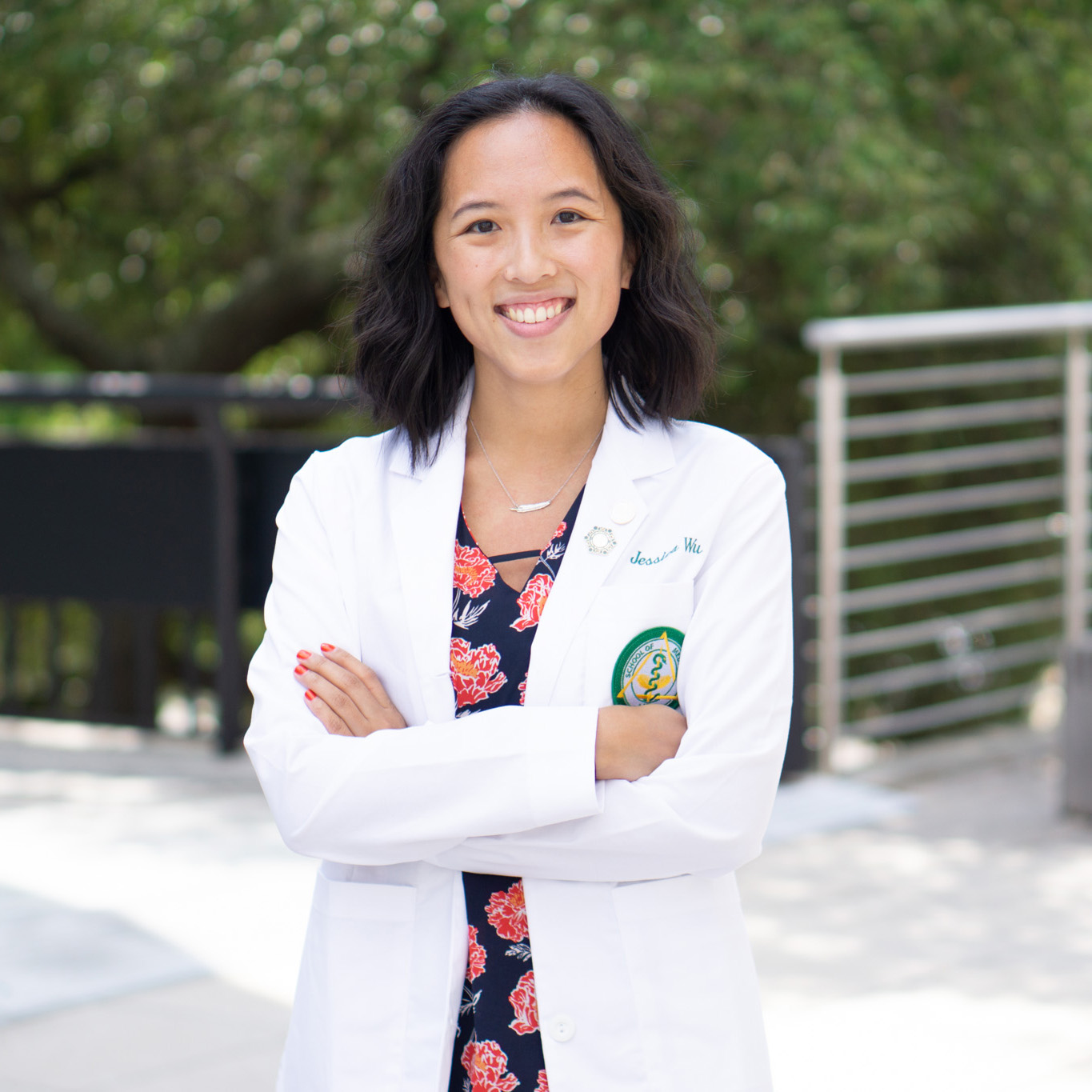 Thinking ten years ahead
Thinking ten years ahead
Wu's work in Bhatia's lab surveys patients who have received stem cell transplants as children or adolescents and seeks to discover the frequency of cancer screenings that survivors undergo after transplant.
“Previous research has shown that young childhood cancer survivors have low screening rates for breast cancer, colon cancer, and skin cancer, which is a big issue,” Wu explains.
Chemotherapy and radiation prior to transplant puts stem cell patients at a higher risk for developing second cancers and other life-threatening conditions when they enter adulthood. Wu says that because of their unique exposures, it is crucial for this cohort to receive screenings such as mammograms or colonoscopies at an earlier age than the general population.
The surveys are sent to participants who have had transplants from three different institutions in the U.S., then the study team validates survey responses against medical records for certain conditions.
“I am hoping we can better describe the screening practices among transplant survivors by the time the summer job ends. And, I’d like to learn about factors associated with non-adherence to screenings. Then, using that information, we can focus on how we can enhance adherence to screenings such as mammograms, DXA scans, and echocardiograms.”
First career carves meaningful path to medicine
With an undergraduate degree in liberal arts, Bostany’s first job was as a data analyst for a Birmingham-based start-up hedge fund. “I thought it was a more traditional finance-oriented hedge fund, but it ended up actually being data-oriented. I worked there for a year and a half and was trained as a data analyst.”
After getting his feet wet with business experience, Bostany then went to work for a local health care company to build a data analytics team. “I was brought on to build a data warehouse and to architect business intelligence solutions. The tech knowledge I had curated at the start-up was beneficial, and I expanded on it to build solutions for an entire company.”
Somewhere between analyzing granular data and being immersed in the health care industry, Bostany found himself wanting more out of his career and wanting to go deeper with medicine.
He says two lightbulb moments helped him find his next career steps. One came at an unexpected place—when he was cornering an MMA fight. Although he had nearly a decade of experience coaching wrestling, during this particular MMA match, he noticed the intensity around him and simultaneously how calm he was in the middle of it all. "It was in that moment I knew I needed to be doing something different with my life.”
The second moment came while he was enrolled in a big data course at UAB, building computer programs to read MRI images that predict Parkinson’s disease. “I remember the way the neurologist talked about caring for patients with disease—it reminded me of coaching. He explained the lack of treatments in Parkinson's and said his team had to become skilled in coaching patients through their illness—helping them on their journey.”
From the neurologist’s unknowing wisdom, Bostany realized he could blend his data analytics experience, natural gift of calmness, and passion for helping others into a new career: groundbreaking tech-driven medicine. “Going to medical school was suddenly a confluence of a lot of things I was interested in building my life around.”
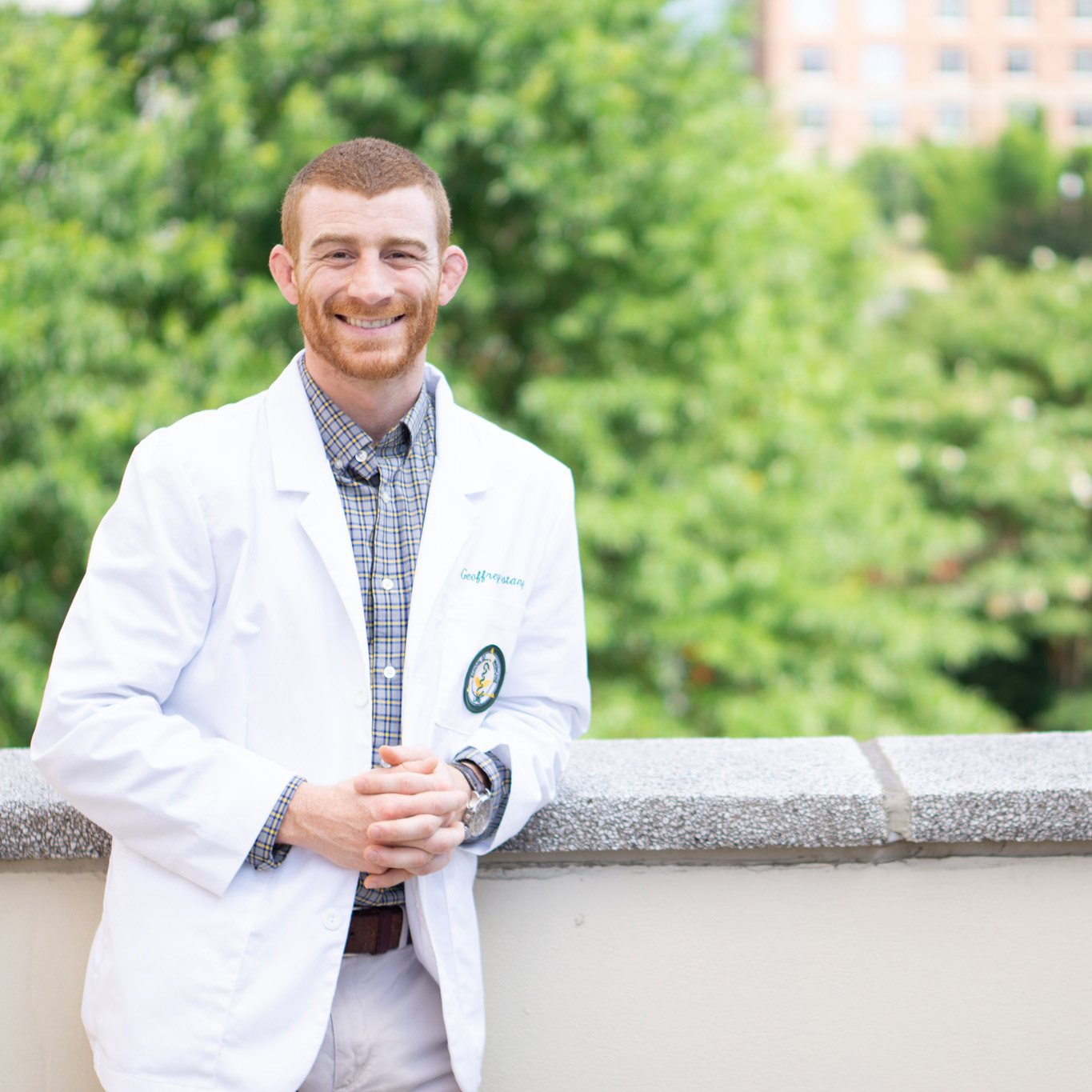 Using data to create new outcomes in cancer
Using data to create new outcomes in cancer
Bostany’s summer project analyzes data from women who have had breast cancer. “We are looking at post-treatment morbidities and outcomes from breast cancer survivors who have had chemo and radiation, both of which can affect the heart, bones, and the lungs after treatment,” he explains.
Bostany utilizes UAB Health System's data warehouse, which he describes as "massive." The warehouse stores data from all four corners of the hospital and across UAB's campus to give scientists and researchers access to years' worth of patient data for numerous diseases.
“We started out running searches from the data warehouse to look at breast cancer survivors who are (at least) one year post-diagnosis. Two of the biggest data points we pull are bone density scans which diagnose osteoporosis, and the other is echocardiograms which measure heart health."
Bostany works with the UAB Informatics Institute to uncover comprehensive results. “When we first ran the search results, we only got nine months’ worth of data,” he says. “Dr. Bhatia asked me if I’d be willing to pull data manually to get more than nine months’ worth. And I said, yes I am willing, but we’re not going to have to. If we can get nine months, we can get 20 years. That’s how these systems are built. You just have to know how to navigate them.”
Bostany used his prior experience in data analytics to work collaboratively with UAB Informatics Institute, and today they can pull data from 2003 to the present.
When Bostany’s summer job in Bhatia’s lab ends, he hopes to measure the burden of morbidity experienced by breast cancer survivors. Long-term, he hopes his findings contribute to refining patient screening recommendations for breast cancer survivors in the future. “Echocardiograms are expensive. If the patient didn’t have a treatment that puts them at cardiac risk, then maybe they don’t need routine echocardiograms.”
“I think that what we are trying to do is create a better experience for cancer survivors. We want to define the prevalence of post-treatment morbidities, determine who is at risk, then find out if any other factors contribute to risk besides cancer treatment,” he says.
The power of influence
Wu says she and Bostany both had experiences before medical school that lend themselves to their respective projects. "What I do with the statistical analyses of my project are skills I learned in my master's program. What he does with data from the Health System, he learned in his first career. I think it is neat our different backgrounds help our current work now."
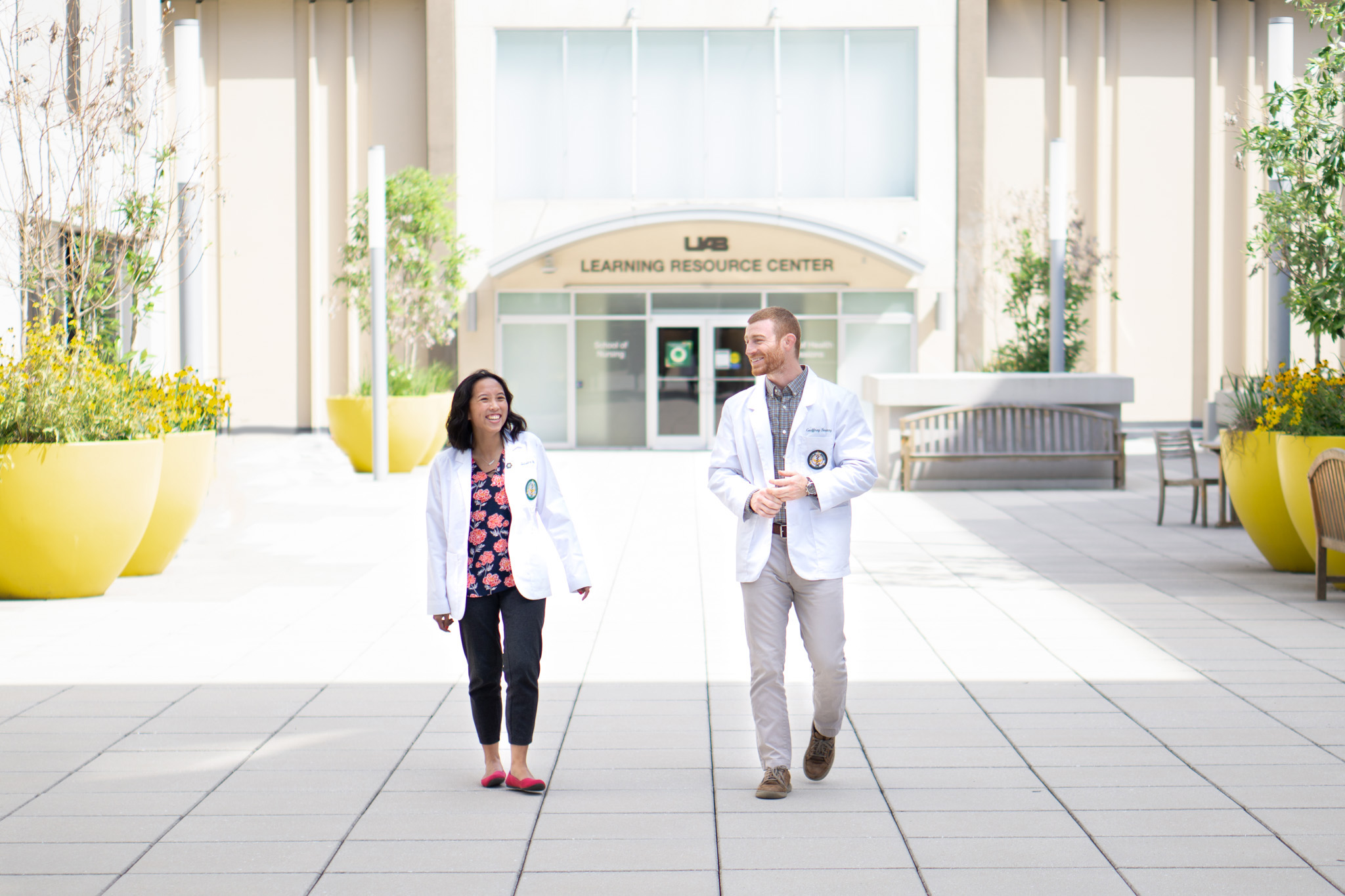 Both students describe working for Bhatia as inspiring and motivating. “A culture of mentorship is very apparent in Dr. Bhatia’s lab,” says Bostany. “Plus, since I’ve been a medical student, I’ve been more drawn to women leaders.” Bostany says it’s important for him to balance work with family, and he is inspired by women leaders at the School of Medicine who do that daily.
Both students describe working for Bhatia as inspiring and motivating. “A culture of mentorship is very apparent in Dr. Bhatia’s lab,” says Bostany. “Plus, since I’ve been a medical student, I’ve been more drawn to women leaders.” Bostany says it’s important for him to balance work with family, and he is inspired by women leaders at the School of Medicine who do that daily.
Wu feels similarly. "Bhatia is a fantastic role model because she is so successful and hardworking, yet is also able to dedicate so much time to her mentees and patients. She has also been a great example of what the career of an academic physician looks like.”
While both have big goals for what they hope to accomplish during CaRES, they have goals for the next semester as well. Both finished their first year of medical school during the throws of the COVID-19 pandemic and are excited to have opportunities on campus.
Wu and Bostany say that while the pandemic was isolating as medical students, neither quite recognized how alone they felt because it was all they knew—as second-career students, but also as first-year medical students.
Now that they can network on campus, they each realize how social and fruitful academic life in medical school can be.
To learn more about CaRES, click here. To learn more about the work of Smita Bhatia, M.D., MPH, click here.